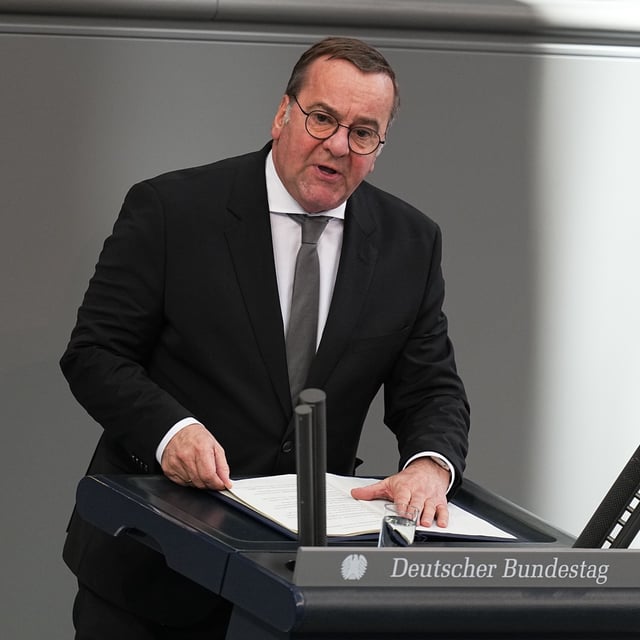Overview
- Defence ministers agreed in Brussels on June 5 to raise NATO capability targets by 30 percent over four-year-old benchmarks
- Germany’s Bundeswehr must grow from about 181,150 to roughly 203,000 active soldiers, requiring an additional 50,000 to 60,000 personnel
- All member states are urged to allocate 5 percent of GDP to defence, splitting it into 3.5 percent for equipment and 1.5 percent for military infrastructure
- Priority capabilities under the new plan include air and missile defence, long-range strike systems, logistics support and large-scale land manoeuvre formations
- German leaders and lawmakers are debating reintroducing mandatory military service to fulfil the personnel shortfall



